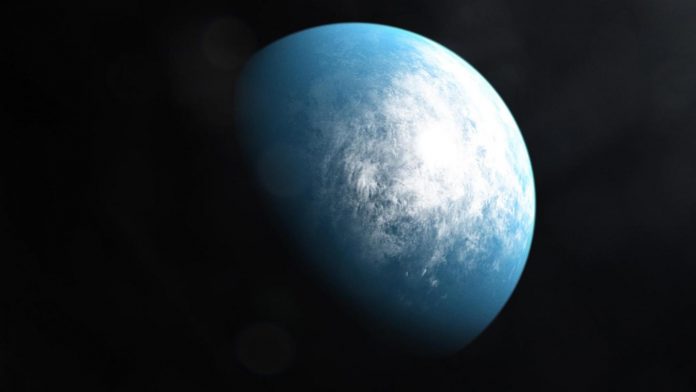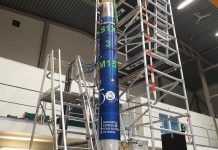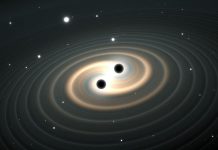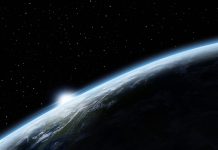
Scientists have a list of 4,000 possibly Earth-like planets orbiting stars like the Sun, but only some have the possibility to be planets that contain life – how can they be identified?
Now, a team at the University of British Colombia (UBC) are looking at how geology could be the key to identifying which planets could contain life – changing the game for how scientists search the universe for water.
The search for liquid water is everything
Dr Brendan Dyck, assistant professor of geology in the Irving K. Barber Faculty of Science and lead author on the study, explained: “The discovery of any planet is pretty exciting, but almost everyone wants to know if there are smaller Earth-like planets with iron cores.
“We typically hope to find these planets in the so-called ‘goldilocks’ or habitable zone, where they are the right distance from their stars to support liquid water on their surfaces.”
It seems that finding planets in the ‘habitable zone’ can be one way to isolate some Earth-like planets, but that alone is not enough to understand if life can survive on the surface. This parameter is just a way to rule out other, less likely planets.
Dr Dyck compares it to Mars, which he says is within the habitable zone in relation to the Sun – but lacks any present water. Theoretically, Mars could have liquid water in this moment. For some reason, it doesn’t – despite being in the ‘right’ place.
“It has long since dried up,” he said.
How can geology help to find water on faraway planets?
Dr Dyck further commented: “Our findings show that if we know the amount of iron present in a planet’s mantle, we can predict how thick its crust will be and, in turn, whether liquid water and an atmosphere may be present. It’s a more precise way of identifying potential new Earth-like worlds than relying on their position in the habitable zone alone.”
Essentially, smaller rocky planets in a planetary system have one thing in common. They will all have the same proportion of iron as the star they orbit.
The difference is how much of that iron is on the mantle versus at the core. This level of iron can influence how water behaves on the planet, based on plate tectonics. Mars has a smaller core, but a thicker iron-rich mantle.
New information will help plan future space missions
Dr Dyck said: “While a planet’s orbit may lie within the habitable zone, its early formation history might ultimately render it inhabitable. The good news is that with a foundation in geology, we can work out whether a planet will support surface water before planning future space missions.”
In a joint project with NASA, the Canadian Space Agency and the European Space Agency, the James Webb Space Telescope (JWST) will be launched later in 2021. This will give the team at UBC a shot at applying their geology-based calculations of likely planets.










